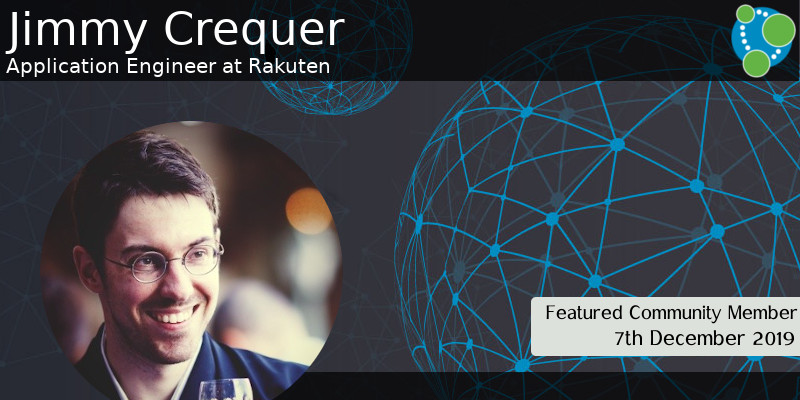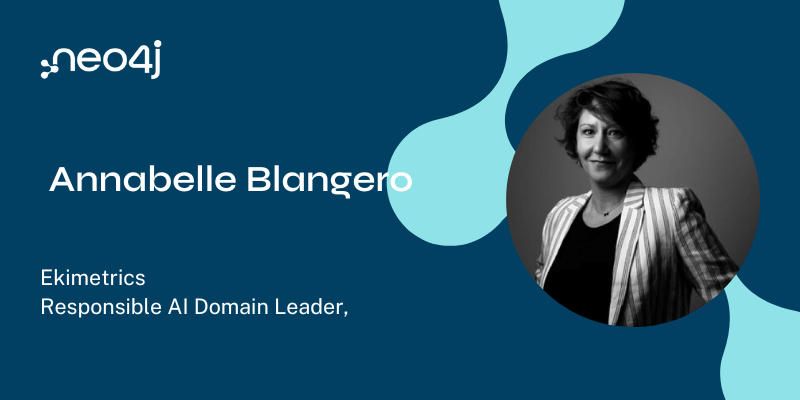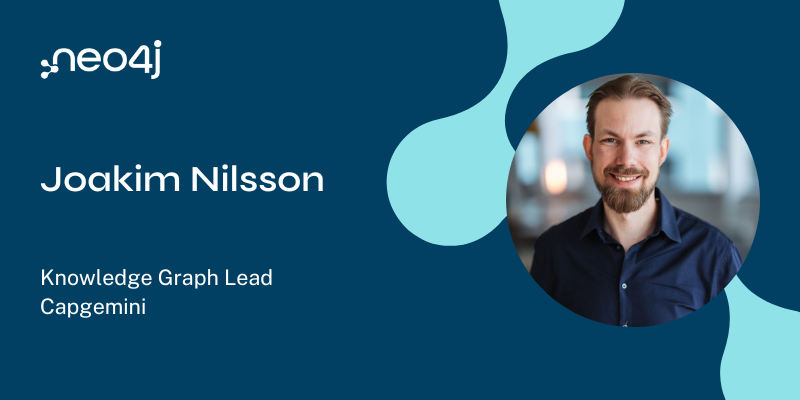This Week in Neo4j – Full Text Search Tips and Tricks, Learning Geography, MongoDB to Graph
3 min read

Hi graph gang,
In this week’s video from the NODES 2019 conference, Christophe Willemsen gives us a crash course in Neo4j’s full text search functionality.
Jimmy Crequer uses Neo4j to learn the countries of the world, Andrea Santurbano converts MongoDB collections to graphs, and Michal Trnka shares GRANDstack tips and tricks
And Rik shows us how to query the data from the Carrefour Basket Data Challenge.
Enjoy!
Mark Needham, Karin Wolok, and the Developer Relations team
Featured Community Member: Jimmy Crequer
Our featured community member this week is Jimmy Crequer, Application Engineer at Rakuten.

Jimmy Crequer – This Week’s Featured Community Member
Jimmy has been one of the most prolific bloggers in the Neo4j community over the last 6 months or so. I first came across Jimmy via his blog post in which he created a graph based on data from the League of Legends European Championship.
He also added a follow on blog post graphing the World Finals, and more recently built a GRANDstack application to help learn Japanese characters and a graph based CLI tool to learn European countries.
I’ve really enjoyed reading Jimmy’s blog posts. He covers lots of different topics, providing detailed instructions if the reader wants to follow along.
On behalf of the Neo4j community, thanks for your work Jimmy!
NODES 2019: To be or not to be. Full Text Search tips and tricks
In this week’s video from the NODES 2019 Christophe Willemsen shares his best tips and tricks for using the full text search functionality in Neo4j.
In the talk Christophe:
- gives a crash course in Lucene’s most common syntax
- explains how to write a custom analyzer
- shows how to use graph structure in full text search results
Learn geography using Neo4j

Jimmy Crequer wants to remember all the countries in the world, and is using graphs to help him do it.
In the blog post Jimmy explains how to build a country graph from Wikipedia data and then explores the data using Cypher queries. He also builds a command line application to test his knowledge on capital cities and bordering countries.
Spring Data Neo4j, GRANDstack, Graph Algorithms
- Michael Simons was interviewed on the A Bootiful Podcast about his work on the new reactive Spring Data Neo4j project.
- Michal Trnka has written a blog post in which he shares advanced tips and tricks for building applications with the GRANDstack. The GRANDstack is a combination of technologies that enable developers to build data intensive full stack applications.
- In Nathan Smith’s latest blog post he uses graph algorithms to explore a graph of web pages and the links between them.
Transform MongoDB collections automagically into Graphs

Andrea Santurbano gives us a guided tour of the APOC library’s apoc.graph.fromDocument procedure. This procedure automates the creation of graph structures from JSON documents
In the post, Andrea shows us how to use it to import data from both JSON files and MongoDB collections.
Carrefour Graph: Part 2 – Querying the graph

Rik continues his series of blog posts based on data from a coding challenge for Carrefour, a big French retailer.
In part 2 Rik shows how to write queries to find our most prolific customers, biggest spenders, and clients who purchase the same product in different stores.
Tweet of the Week
My favourite tweet this week was by Jesús Barrasa:
Cool diagrammatic view in #Neo4j of the continents based only on shares_border relationships between countries.
Importing @wikidata fragments into #Neo4j with #Neosemantics
Europe is a bit disconnected 🙁 some borders missing in the data!!
Blog post coming. Watch this space! pic.twitter.com/WdToXoEVjZ
— Jesús Barrasa (@BarrasaDV) December 3, 2019










